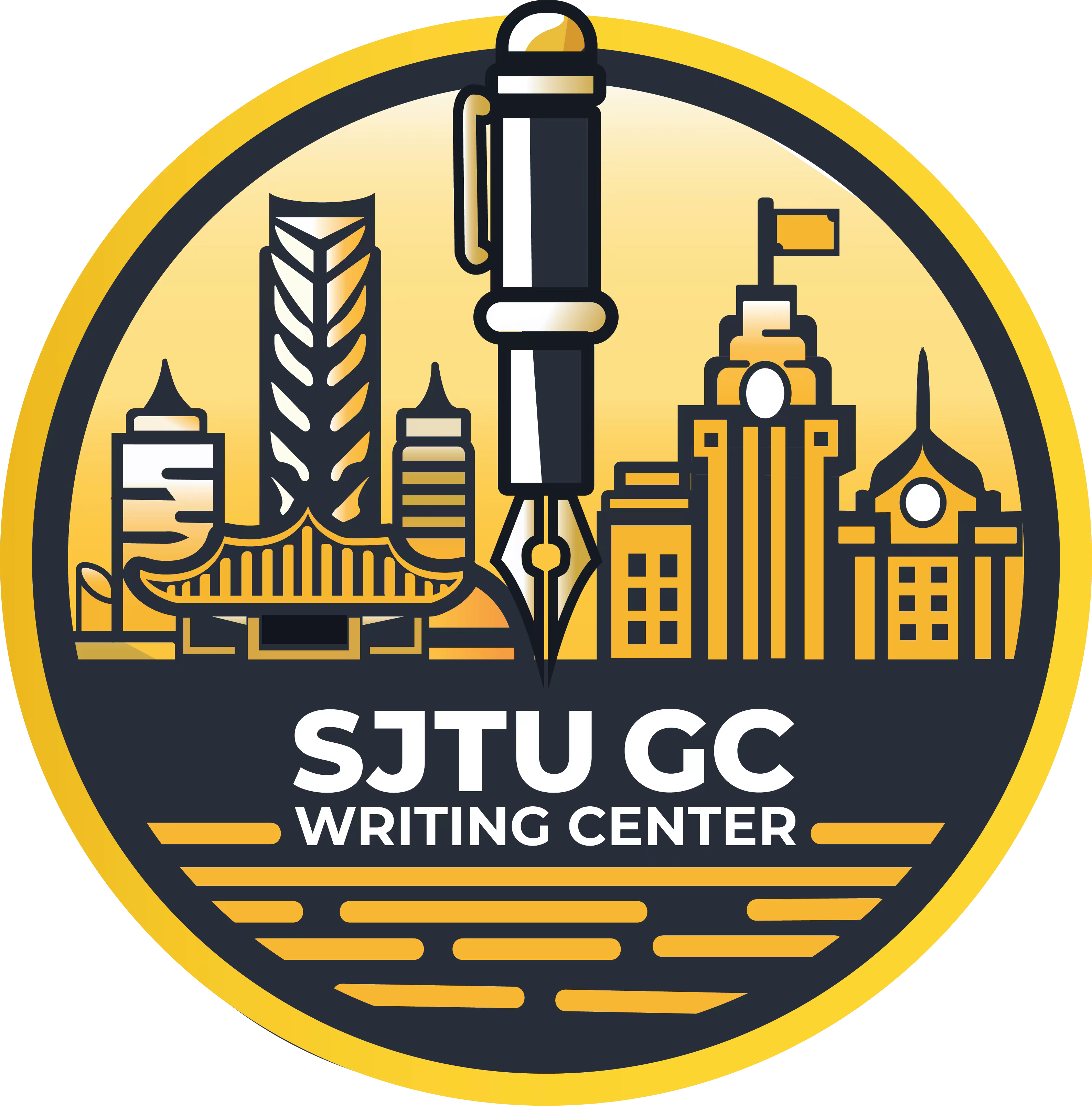Developing Effective Writing Style
Style Fundamentals
Writing style is the way you express yourself through words. It’s more than just correct grammar—it includes tone, word choice, and sentence structure. A good writing style makes your writing clear, engaging, and effective. Many JI students focus too much on structure and correctness but struggle with developing their own unique style.
The way we change our writing style depends on the purpose of the essay and who we are writing for. Formal language style and informal one works in quite different situations–an academic essay or research can’t be written in the same way as a casual email. While I find it hard for JI students (at least myself) to shift the style between different writing situations, and most of our expressions are the same style, like the Chinese Gaokao required, structured, logical, and precise, but sometimes too rigid and lacking in emotional expression.
Right now, the writing courses at JI introduce style only as a concept in slides but don’t give enough exercises to help us develop their skills like the slides above shows. Writing is like any other skill–we need practice to improve. More exercises in style flexibility would help us in academic settings and everyday communication.
Style Importance
At JI, students write technical reports and argumentative essays, both of which require a balance between accuracy and readability. Many students are facing problems such as translating directly from Chinese to English, making sentences sound awkward, using overly formal expressions, making writing stiff and unnatural.
A strong writing style makes the work more professional and easier to understand. If we can write clearly and naturally, our reports, essays, and even emails will make a better impression on professors, classmates, and future employers.
Common Issues
For the past few years we have been writing suggestions to the Student Union and letters to Li Ming, so we developed a similar scheme of writing for good grades. However, we don’t think it is a style. Most importantly, it does not convey anything beyond words, such as emotions and opinions. The same thing happens when we try to mimic some author’s writing style, like Hemingway, for example. Writing clean and short sentences and prolonged clauses are useful sometimes, but doing so repeatedly is unfriendly to readers.
Style Development
Since we have discussed that the current academic writing course does not provide enough training in developing a flexible writing style, we suggest the following improvements for better styles:
1. Read More
First of all, students should be encouraged to read different resources from different writers to have a brief recognition of how typical writers develop their own styles. Professors can provide suggestions for extra readings and provide beneficial reading resources during classes for students, and let us read more about English writing styles. This learning process should be the same way as how we learn Chinese writing styles in primary school, as we were encouraged to read different essays from different writers, who are famous for their unique writing styles. By reading and even reciting passages, we can gradually apply these styles to our own writing, and develop our own style after huge piles of accumulation.
2. Write More
Instead of just reading essays from different writers, try to write something similar. Mimicing doesn’t produce good essays, but it provides us with the resources that you may need in future composing. Or, in another way, try to rewrite the sentences with what we think is our style. These practice might help us compare among different writing styles and create our own ones.
3. Ask More
Sometimes problems are easily overlooked by ourselves. In that case, don’t be afraid of asking the writing center, the TAs and the professor for help. We don’t have to wait until everything is finished, just make appointments and ask them about how they think about your writing style.
4. Think More
Observe the world around us and look for some inspiration. Think about the problems that we read in the news and we meet ourselves. How do they affect our attitudes toward a topic, and thus to the writing? Think about these kinds of questions and we will gradually shape our styles.
